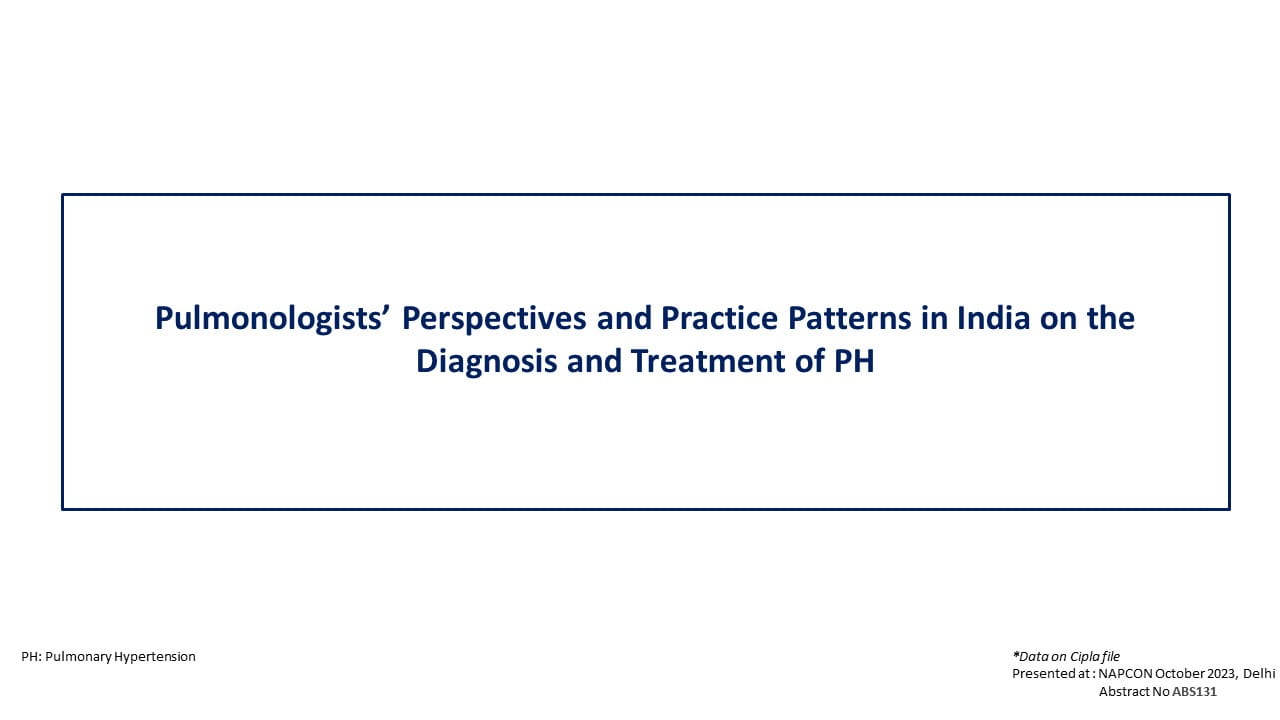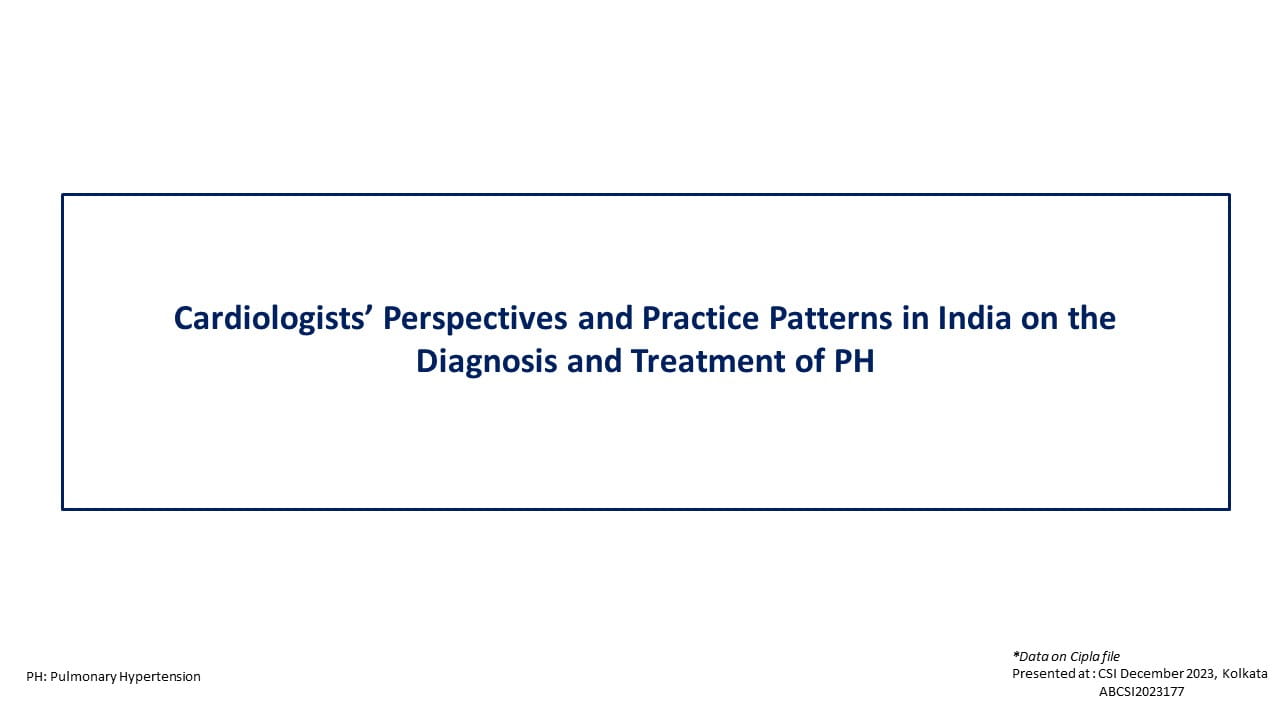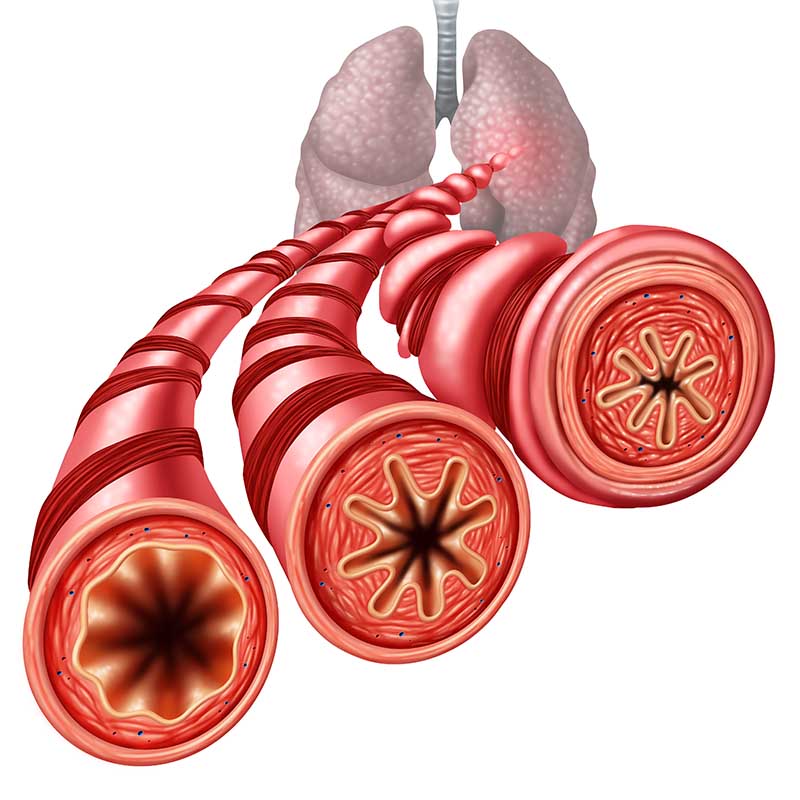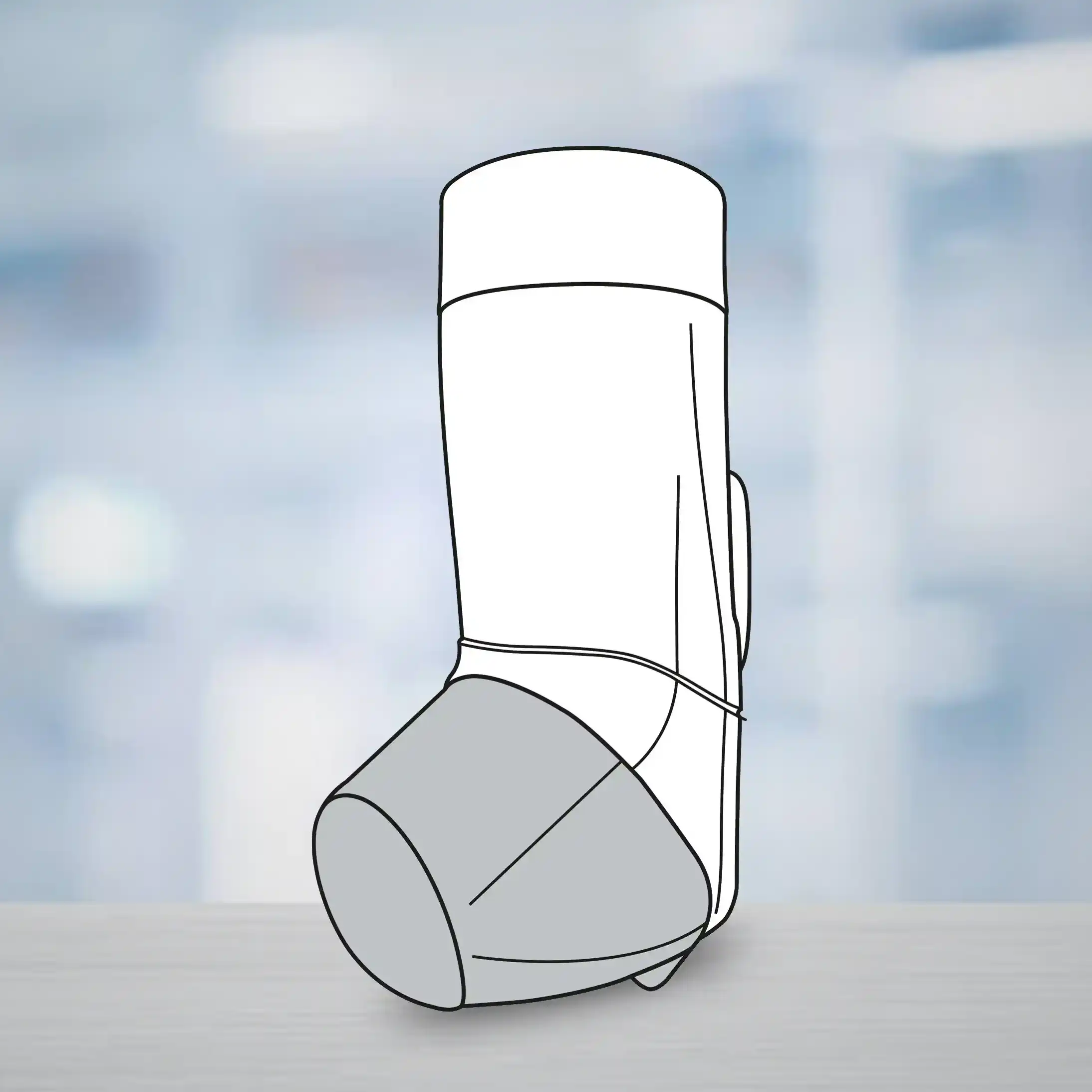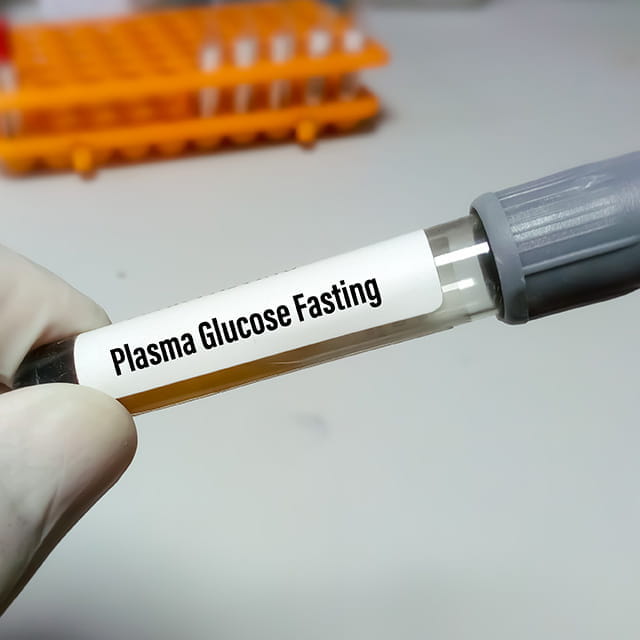Introduction
Acute bacterial skin and skin structure infections (ABSSSIs) are serious conditions that can be life-threatening and often require hospitalization. These infections are increasingly associated with drug-resistant pathogens, making effective treatment challenging. Tedizolid phosphate, a novel oxazolidinone, has been developed as a potential alternative to linezolid for treating ABSSSIs.
Aim
To determine if tedizolid phosphate is non-inferior to linezolid in treating ABSSSIs and compare the safety profiles of the two agents.
Patient Profile
- N=667 patients aged ≥18 years
- Infection Types: Cellulitis/erysipelas (40.7% vs 41.5%), major cutaneous abscesses (30.1% vs 29.3%), wound infections (29.2% vs 29.3%)
- Median Infection Area: 188 cm² (tedizolid phosphate) vs 190 cm² (linezolid)
- Pathogens Isolated: Staphylococcus aureus (82.8%); methicillin-resistant Staphylococcus aureus (MRSA; 42.1% in tedizolid phosphate group, 43.1% in linezolid group)
Methods
- Phase 3, randomized, double-blind, noninferiority trial
- Randomization: 1:1 ratio, stratified by fever presence, geographic region, and type of ABSSSI
Study endpoints
Primary Endpoint: Early clinical response at 48-72 hours (no increase in lesion surface area and oral temperature ≤37.6°C)
Secondary Endpoints:
- Sustained clinical response at end of treatment (day 11)
- Investigator-assessed clinical success at posttherapy evaluation (1-2 weeks after end of treatment)
Results
- Tedizolid phosphate was statistically noninferior to linezolid in early clinical response at 48 to 72 hours after initiating therapy for ABSSSIs
Table 1: Efficacy Outcomes of Study Groups
|
Endpoint |
Tedizolid Phosphate |
Linezolid |
Treatment Difference |
|
Early Clinical Response (48-72 hours) |
79.5% |
79.4% |
0.1% |
|
Sustained Clinical Response (End of Treatment, Day 11) |
69.3% |
71.9% |
-2.6% |
|
Investigator-Assessed Clinical Success (Post-Therapy Evaluation, 1-2 weeks after EOT) |
85.5% |
86.0% |
-0.5% |
- Susceptibilities to tedizolid and linezolid were similar for bacterial strains isolated from patients in the 2 treatment groups
- Results of investigator-assessed clinical treatment success rates at a posttherapy evaluation visit were similar for patients with MRSA isolated from primary lesion (n=178)
Table 2: Combined Efficacy Outcomes by Infection Type
Infection Type
Response (48-72 hours)
Response (End of Treatment, Day 11)
Clinical Success (Post-Therapy Evaluation, 1-2 weeks after EOT)
Tedizolid Phosphate vs. Linezolid
Treatment Difference
Tedizolid Phosphate vs. Linezolid
Treatment Difference
Tedizolid Phosphate vs. Linezolid
Treatment Difference
Cellulitis/Erysipelas
74.8% vs. 71.9%
2.9%
62.2% vs. 63.9%
-1.7%
88.1% vs. 82.0%
6.1%
Major Cutaneous Abscess
80.0% vs. 85.7%
-5.7%
72.0% vs. 80.4%
-8.4%
83.0% vs. 87.8%
-4.8%
Wound Infection
85.6% vs. 83.7%
1.9%
73.7% vs. 76.7%
-3.0%
84.5% vs. 89.8%
-5.3%
- Outcomes for subgroups stratified by type of infection were similar
- Treatment response rates at the early and EOT time points were lower for cellulitis/erysipelas than for all infections combined
Table 3: Sensitivity Analysis (48-72 hours)
|
Analysis Type with No Fever Criteria |
Tedizolid Phosphate |
Linezolid |
Treatment Difference |
|
≥20% Decrease in Lesion Area |
78.0% |
76.1% |
1.9% |
|
No Increase in Lesion Area |
87.0% |
85.4% |
1.6% |
Safety: Both agents were generally well-tolerated, with similar adverse event profiles. Tedizolid phosphate had fewer gastrointestinal adverse events compared to linezolid.
Conclusion
- Tedizolid phosphate was found to be statistically noninferior to linezolid in early clinical response at 48-72 hours and sustained clinical response at the end of treatment for ABSSSIs
Reference
JAMA. 2013;309(6):559-569


